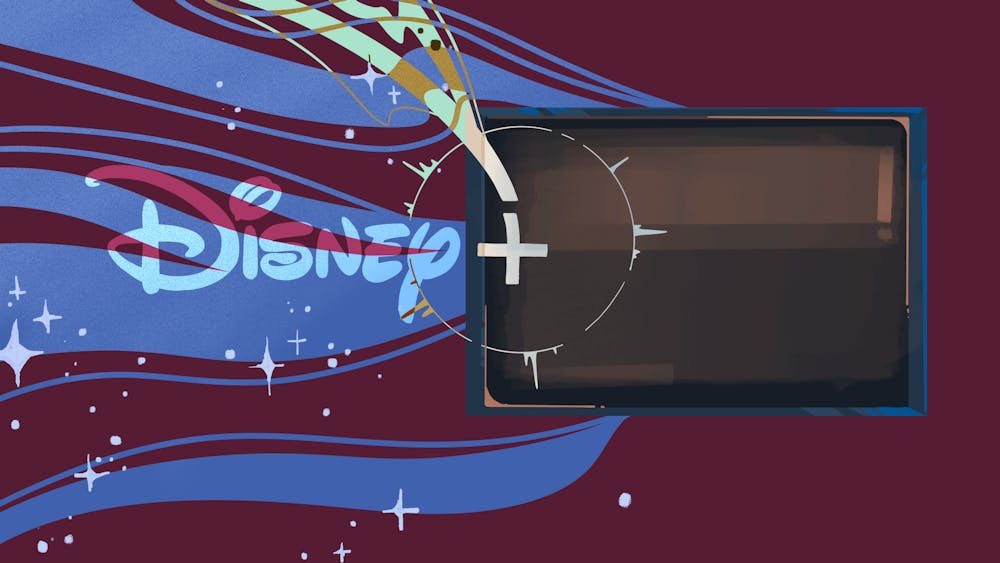After 30 seasons, ABC announced last week that it had dropped network darling Dancing with the Stars following a steep decline in ratings in the coveted 18–34 demographic. However, loyal fans have nothing to fret over. Disney+ announced that it had acquired the ABC staple in what may initially seem like a surprising investment for the kid–oriented streaming service. Shock aside, its implications are vast for the platform, which has seen its subscriber growth stagnate due to a lack of adult programs.
Disney’s acquisition of Dancing with the Stars is an exciting development for streaming networks; however, the company’s unprecedented move may mark the end for broadcast networks, which rely on the allure of live debuts. If Dancing with the Stars performs well on the platform, especially with an older crowd, Disney will take more than a subset of loyal fans from the network—it'll take what’s left of its relevance.
Streaming platforms have grown rapidly over the past few years. Netflix, for example, had 221.8 million subscribers worldwide as of 2021; Disney+ had fewer, but 129.8 million is still a remarkable number for a service that only came out in the latter half of 2019. Consequently, broadcast networks have largely become irrelevant. What remains of their appeal can be attributed to sports leagues and live reality shows, and Disney's already capitalized on the former. Under the Disney Bundle, which includes Disney+, Hulu, and ESPN+, ESPN+ saw a 75 percent increase in subscribers to 14.9 million in 2021. For live reality shows, Dancing with the Stars will be the first of its kind to debut exclusively on a streaming platform, and it brings with it a myriad of possibilities for growth. Luckily for Disney+, the show already has an established fan base.
What’s especially important about Disney’s acquisition of the title is the series’ popularity with an older demographic—households that are more likely to watch traditional TV than streaming TV. According to a 2020 survey, the 50–64 demographic in the U.S. watches an average of four hours and fifty–nine minutes of traditional TV a day. On the other hand, the 18–34 demographic watches an hour and twelve minutes a day—a number that has decreased 23.4 percent from 2019, compared to the 3.3 percent decline for the 50–64 demographic. While Disney+ has a major appeal for households with children, the same doesn’t necessarily hold true for the 55+ demographic, which makes up only nine percent of its streamers in the U.S., compared to the 28 percent average for streaming services. Dancing with the Stars promises to change that.
Days before ABC announced the shift, Nielsen, the global leader in audience analytics, announced that the median age of a viewer of Dancing with the Stars is 63.5 years old, a statistic that may have been troublesome to ABC, but welcome to Disney+. As the streaming service aims to reach 230–260 million total subscribers by September 2024, which would make it the largest streaming platform today, it’s after a new image for older audiences. While ABC may not want to admit it, 55+ is the new key demographic, as the viewer age for even the network’s most popular shows skews upward. And, as this core demographic is increasingly targeted by steaming services looking to gain the favor of a few holdouts, broadcast networks threaten to lose what allows them to prevail despite a changing entertainment landscape.
If Dancing with the Stars does what Disney intends and brings in an older audience, Disney will likely invest in other programs that debut live for its streaming service. Without this audience magnet, what remains of broadcast networks? Can they survive the dawn of yet another new era? Unfortunately, the answer is probably not.
Major television networks like ABC, CBS, and FOX pale in comparison to streaming services, which dominate every age demographic except for the one that broadcast networks seem desperate to get rid of. Yes, Dancing with the Stars saw a dip in ratings this season and faced backlash over Tyra Banks as host, but it seemed impenetrable, a forever relic of a dying method of video delivery. It's sad that it's come to the point where a Disney+ rebrand may be precisely what this series needs to survive.
Nonetheless, ABC’s shocking revelation may just be a fatal mistake. By giving a show that's kept it relevant to a streaming service, it's opened the floodgates, and it may not like what comes in. It's a new age, and Disney+ has cemented its place in it. What ABC fails to realize is that it may have just sacrificed its own.







